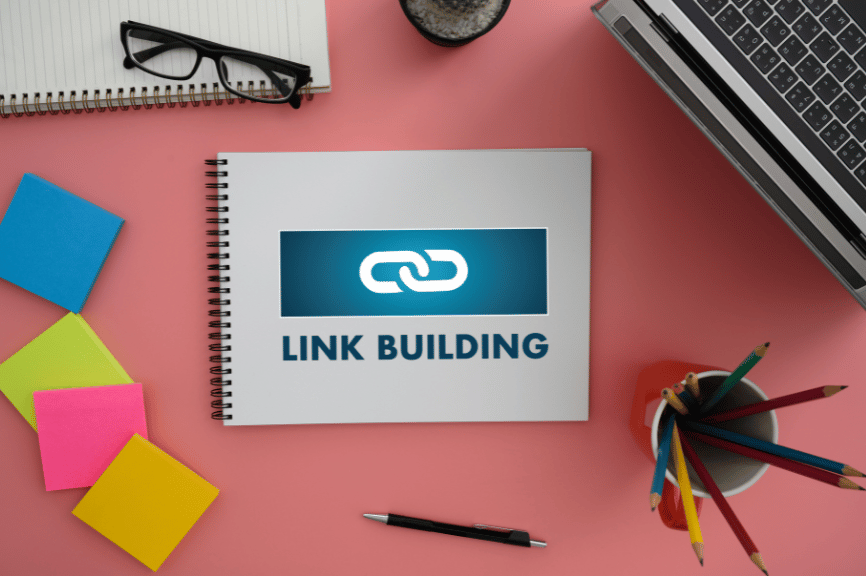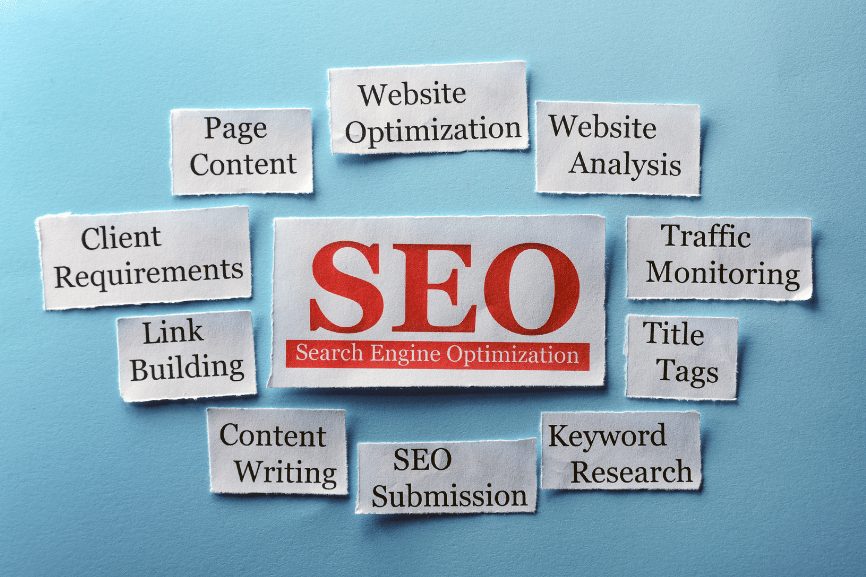How to Make Users More Engaged on Your Website with Website Engagement Tools
Do your website visitors leave too quickly? Are you finding it hard to keep their attention? The problem could be your site’s lack of website engagement tools. Today, people want more than just information—they want to take part. In this blog, we’ll show you simple ways to boost user activity. You’ll learn how tools like quizzes, polls, live chat, and videos can keep users on your site longer. Why User Engagement Matters When users engage with your site, they stay longer and take action. Engaged users help you get: More time spent on your site Fewer people leaving right away More sales or sign-ups Better search rankings When people interact with your content, they trust you more and come back again. Top Website Engagement Tools 1. Quizzes Quizzes are fun and personal. They are a great way to make users feel involved. Tips: Ask short, clear questions Give custom results Let users share their results 2. Polls & Surveys Polls and surveys help you learn what users think. They also make visitors feel like their opinion matters. Best Practices: Place polls on blog posts or landing pages Ask one simple question Show instant results to keep users curious 3. Live Chat Support Live chat gives help right when users need it. It also shows that you care. To improve engagement: Add a chatbot to answer questions anytime Use a welcome message to start chats Connect chat with your customer info for better support 4. Interactive Videos Videos are good—but interactive videos are even better. They let users click, choose, and learn. Examples: Product videos with clickable parts “Pick your path” tutorials How-to videos with quiz questions Why Use Website Engagement Tools These tools help in many ways: More Time on Site: Users explore more pages More Actions Taken: Engaged users buy or sign up Better Insights: You learn what people click and like Higher SEO Rankings: Search engines notice longer visits Final Thoughts Using website engagement tools can change how users see your site. These tools create a two-way experience. Try adding one or two tools like quizzes or live chat. Watch what works. Then grow from there. Soon, you’ll see more visits, better results, and happier users.
How to Make Users More Engaged on Your Website with Website Engagement Tools Read More »











